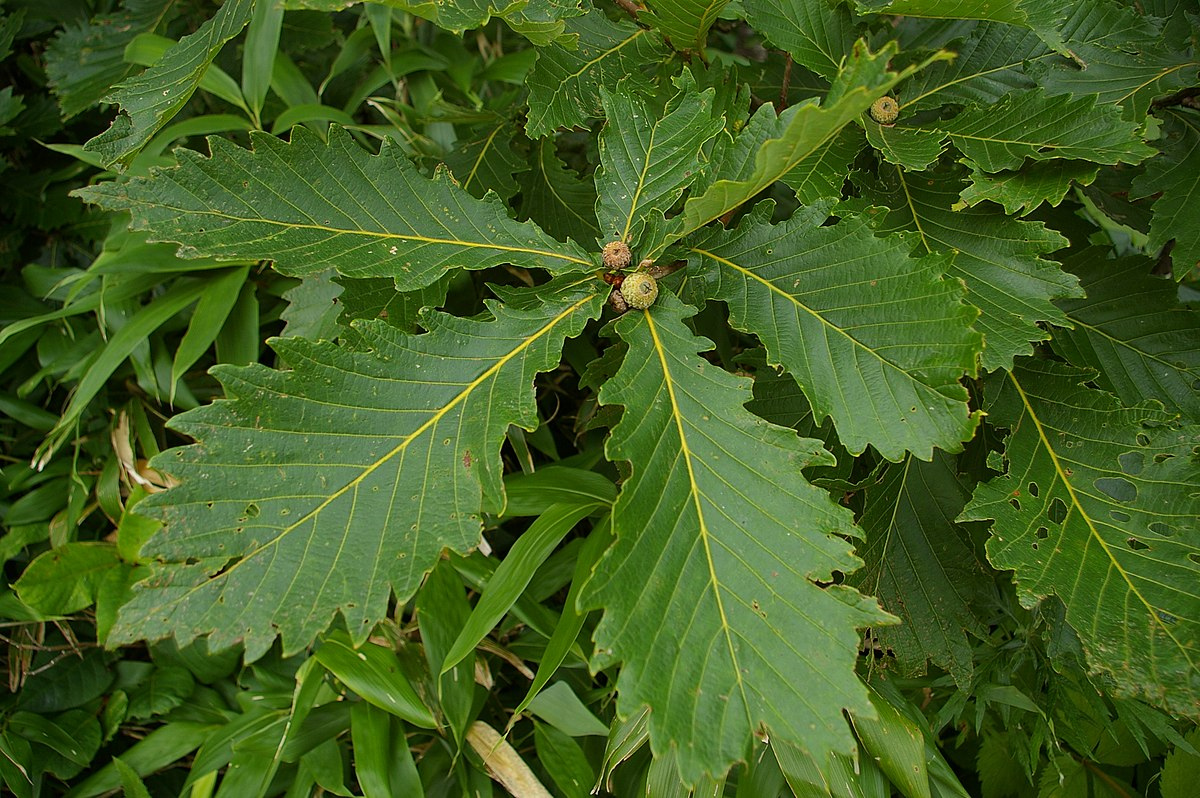
Quercus Mongolica and Planting: A Comprehensive Guide
The Beauty of Quercus Mongolica
Quercus Mongolica, more commonly known as Mongolian oak, is a true marvel of nature. It’s a deciduous oak tree that is native to East Asia, and it’s known for its resilience, imposing size, and a host of other characteristics that make it an ideal choice for both seasoned gardeners and newcomers to the world of tree cultivation.
1. What is Quercus Mongolica?
Quercus Mongolica is a deciduous oak tree native to East Asia, known for its resilience and impressive size.
A Remarkable Tree
Quercus Mongolica stands out for its impressive height and grandeur. It can reach heights of up to 60 feet or more, with a canopy that spreads widely. This makes it a magnificent addition to any landscape, providing shade and an air of grandeur.
Leaves of Beauty
The leaves of Quercus Mongolica are another remarkable feature. They are deciduous, meaning they change with the seasons. In spring and summer, the leaves are deep green, providing a lush, cooling canopy. However, it’s in the fall that Quercus Mongolica truly shines. The leaves undergo a breathtaking transformation, turning into a palette of reds, oranges, and yellows, creating a mesmerizing display of autumn colors.
Wildlife Haven
Mongolian oak trees are not just aesthetically pleasing; they are also an essential part of local ecosystems. The tree provides food and shelter to a variety of wildlife, including birds, squirrels, and insects. For those interested in creating a wildlife-friendly garden, Quercus Mongolica is an excellent choice.
Environmental Benefits
A Breath of Fresh Air
One of the most significant advantages of Quercus Mongolica is its contribution to cleaner air. These trees act as natural air purifiers, absorbing pollutants and releasing oxygen. Their presence can help reduce air pollution in urban areas and provide fresher, healthier air to breathe.
Soil Stabilization
The roots of Quercus Mongolica play a crucial role in stabilizing the soil. They help prevent erosion and soil degradation, making them an excellent choice for gardens in hilly or sloped areas.
Carbon Sequestration
Mongolian oak trees also sequester carbon dioxide, making them valuable allies in the fight against climate change. By planting Quercus Mongolica, you are actively contributing to a greener, more sustainable environment.
Cultural Significance
A Symbol of Strength
In various East Asian cultures, Quercus Mongolica is considered a symbol of strength, resilience, and longevity. It’s often associated with myths and legends that showcase these qualities. In Korea, for example, the tree is a symbol of the Korean spirit, standing tall and strong even in the harshest conditions.
Traditional Uses
Apart from its cultural symbolism, Quercus Mongolica has been used for centuries for various purposes, including timber, firewood, and even for medicinal remedies in some traditions. Its strong and durable wood has made it a valuable resource for local communities.
Planting Quercus Mongolica
Finding the Right Spot
To ensure the successful growth of Quercus Mongolica, selecting the right location is crucial. These trees thrive in full sun or partial shade, so choose a spot with adequate sunlight. They also prefer well-draining soil, which is slightly acidic. It’s essential to test your soil and amend it as needed to create the ideal growing conditions.
Soil Preparation
Prepare the soil by loosening it to a depth of at least 18 inches. This helps the tree’s roots penetrate the soil easily and establish a strong foundation. Adding organic matter, such as compost, can further enhance the soil’s fertility.
Planting Methods
Quercus Mongolica can be planted as bare-root seedlings, container-grown trees, or from seeds. Each method has its specific requirements, and it’s essential to follow the recommended planting guidelines. Ensure that the tree is planted at the same depth as it was in its nursery container or as directed for bare-root seedlings.
Care and Maintenance
After planting, regular care is essential. Water the tree regularly during its first year, especially during dry spells. Apply mulch around the base to conserve moisture and suppress weeds. Prune any dead or damaged branches to maintain the tree’s shape and health.
Quercus Mongolica FAQs
How fast does Quercus Mongolica grow?
Quercus Mongolica typically grows at a moderate pace, adding around 12 to 18 inches of height per year when conditions are optimal.
Are there any pests or diseases that affect Quercus Mongolica?
Yes, Quercus Mongolica can be vulnerable to various pests and diseases, including oak wilt and oak anthracnose. Regular monitoring and proper care can help mitigate these issues.
When is the best time to plant Quercus Mongolica?
The best time to plant Quercus Mongolica is in early spring or late fall when the tree is dormant. This allows it to establish roots before the growing season.
How can I enhance the fall foliage of Quercus Mongolica?
To maximize the vibrant autumn colors of Quercus Mongolica, ensure it receives ample sunlight and nutrients. Pruning to maintain its shape can also improve foliage density.
Can Quercus Mongolica be used for timber production?
Yes, Quercus Mongolica is valued for its strong and durable wood, making it suitable for various timber and woodworking applications.
In conclusion, Quercus Mongolica is more than just a tree; it’s a symbol of strength, a friend to the environment, and a source of beauty. By following the guidelines for planting and care, you can harness the full potential of these majestic trees. Make your outdoor space come alive with the grandeur of Quercus Mongolica and contribute to a greener world.